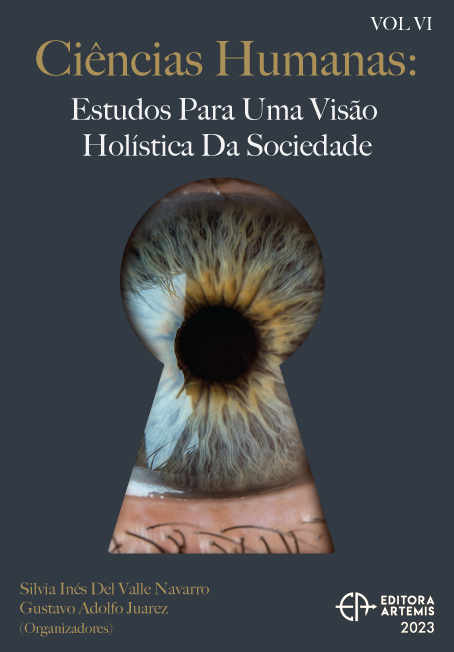
MODELIZACIÓN DINÁMICA: SIMULACIÓN DEL PROCESO DE APRENDIZAJE POR MODELOS COMPARTIMENTADOS DISCRETOS
Se desarrolla un modelo matemático compartimentado discreto, que describe el proceso de aprendizaje en una asignatura del profesorado en matemática. Allí se considera la evolución en los resultados entre evaluaciones consecutivas. El objetivo es interpretar el aprendizaje de contenidos alcanzado por los estudiantes, a través de los resultados obtenidos en dicha asignatura. Para ello, se toma como vectores de estados a los resultados de cada parcial. Mediante el cambio o permanencia del compartimento de cada estado al siguiente, proponemos una matriz de transición para expresar el comportamiento en estados futuros. Mediante sistema de Ecuaciones en Diferencias, con valores iniciales dados, se simula con el Software libre Ecuaciones en Diferencias 1.4.3. El modelo matemático, permite visualizar la realidad de manera compleja y analítica. De aquí, que los resultados y conclusiones llevan a proponer comparaciones, con diversos años en la misma asignatura, como así extender a otras de ellas.
MODELIZACIÓN DINÁMICA: SIMULACIÓN DEL PROCESO DE APRENDIZAJE POR MODELOS COMPARTIMENTADOS DISCRETOS
-
DOI: 10.37572/EdArt_28052380411
-
Palavras-chave: Modelos Matemáticos; Modelos Compartimentados Discretos; Ecuaciones en Diferencias; Simulación; Aprendizaje.
-
Keywords: Mathematical Models; Discrete Compartmental Models; Difference Equations; Simulation; Learning
-
Abstract:
A discrete compartmentalized mathematical model is developed, which describes the learning process in a mathematics faculty subject. It considers the evolution of results between consecutive evaluations. The aim is to interpret the content learning achieved by the students, through the results obtained in this subject. For this, the results of each partial are taken as state vectors. By changing or maintaining the compartment from each state to the next, we propose a transition matrix to express the behavior in future states. Using Difference Equations system, with given initial values, it is simulated with the Free Software Difference Equations 1. 4. 3. The mathematical model allows us to visualize reality in a complex and analytical way. Hence, the results and conclusions lead us to propose comparisons, with several years in the same subject, as well as to extend them to others.
-
Número de páginas: 12
- Silvia Inés del Valle Navarro
- Noelia Saleme
- Luis Ernesto Valdez
- María Luz del Valle Quiroga
- Sonia Laura Mascareño
- Gustavo Adolfo Juarez

